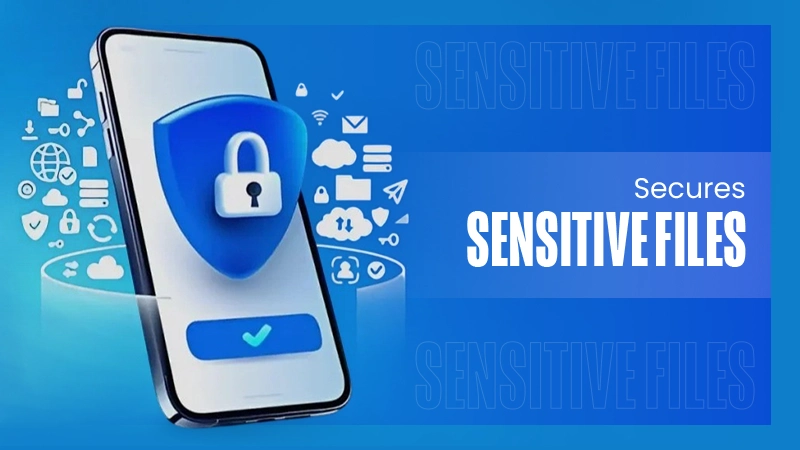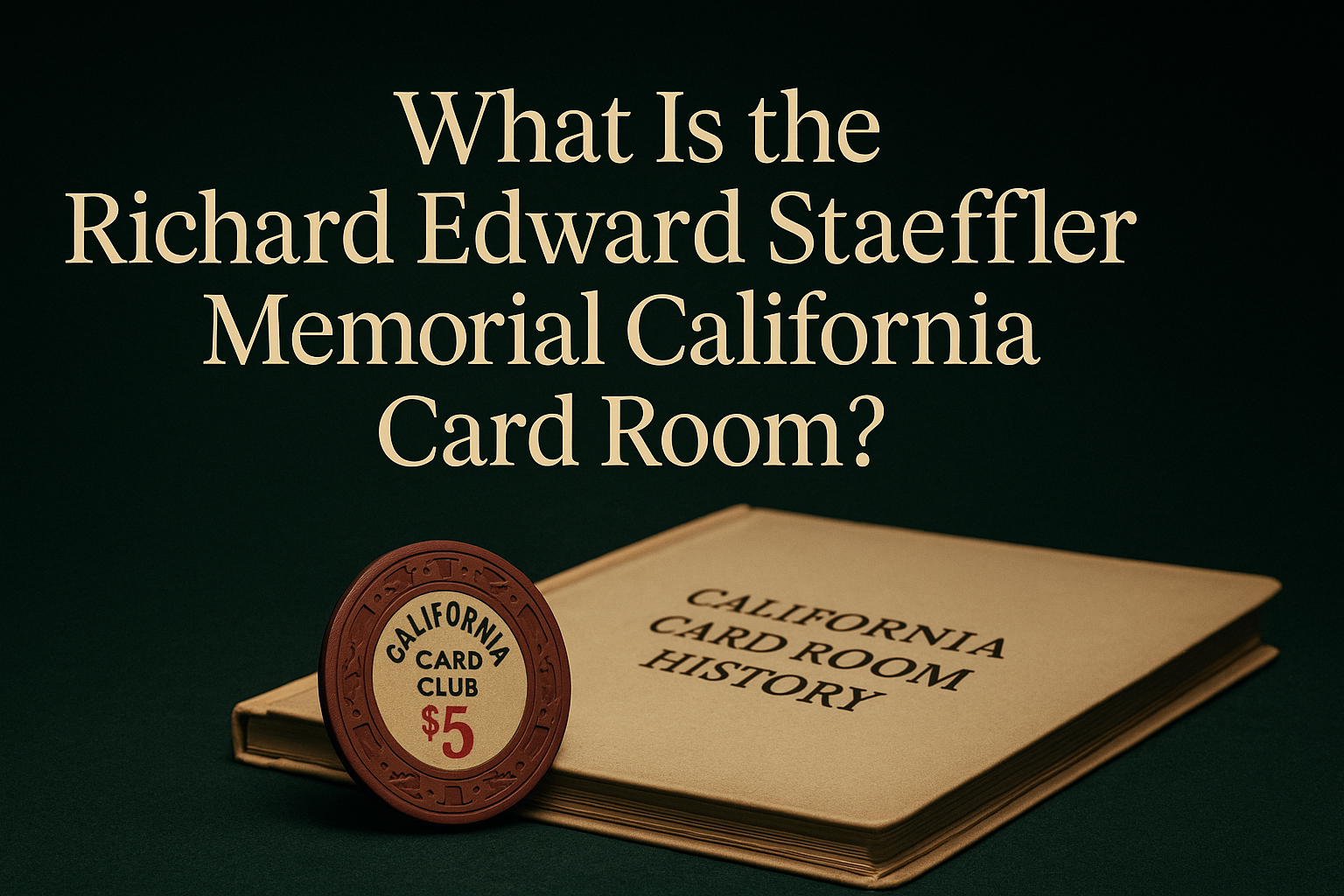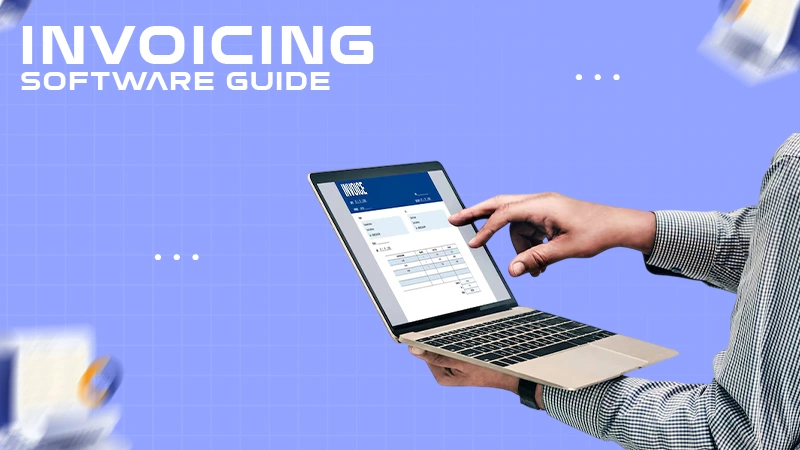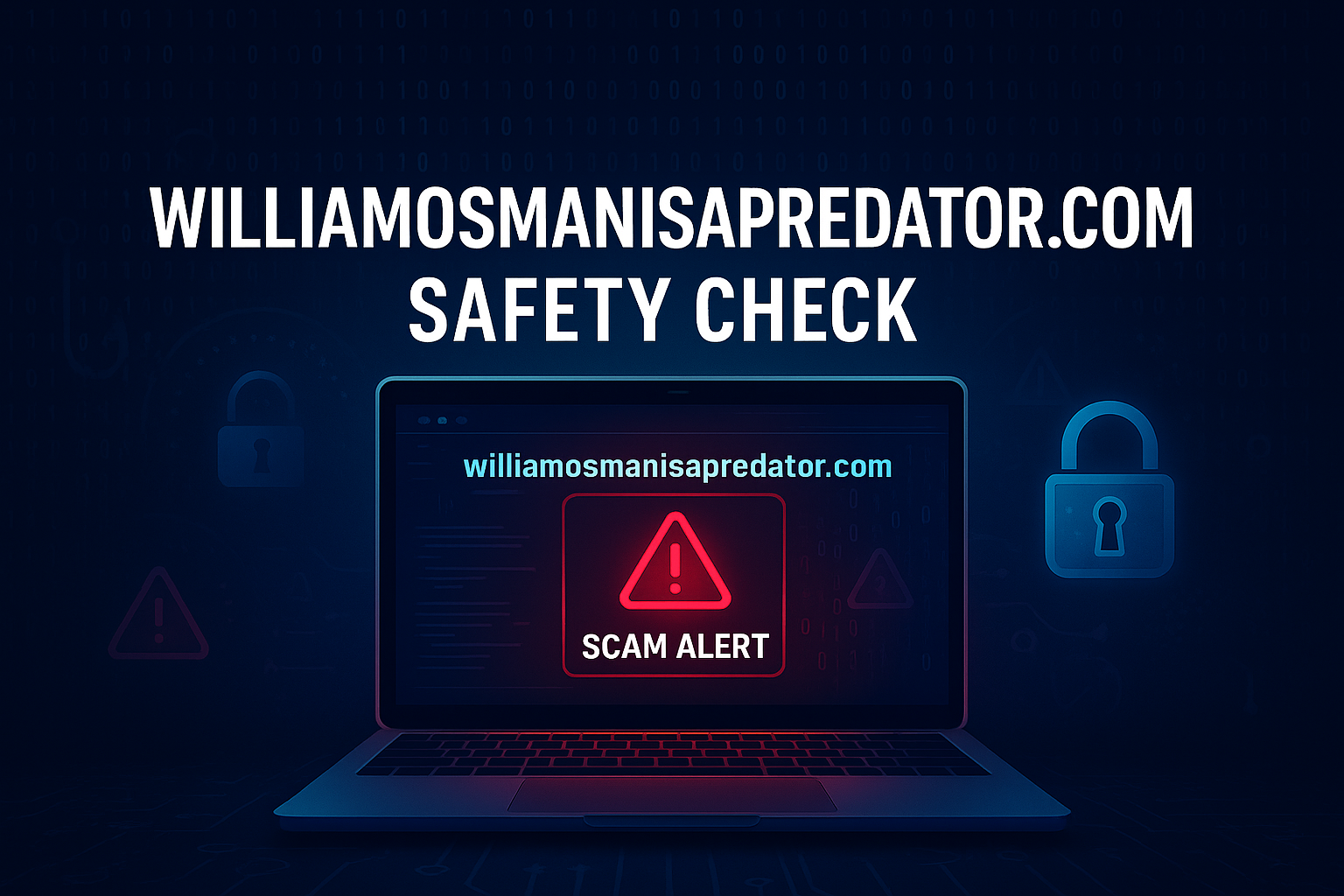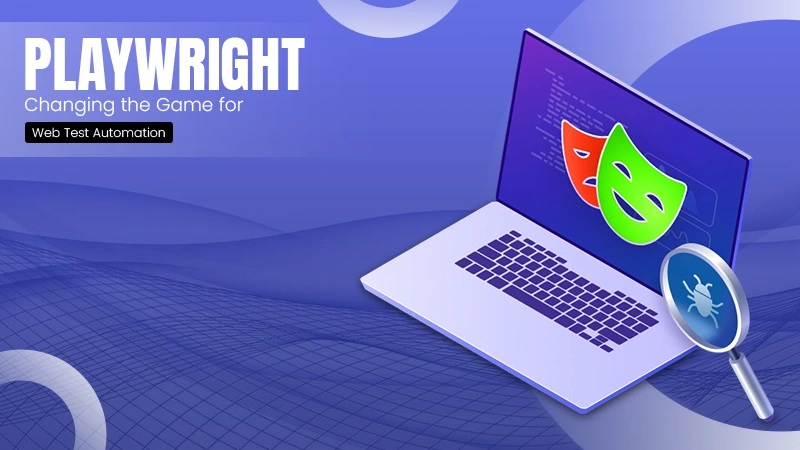I’ve sent over 1,000 cold emails.
Not all at once. Not spammy blasts. These were thoughtful, personal messages sent over the course of months—each one with a clear goal: start a real conversation.
Some worked. Many didn’t. But every single one taught me something.
If you’re trying to land more replies, book more meetings, or just get better at outreach—this article is for you.
I’m going to walk you through what worked, what didn’t, and what I’d do differently if I were starting again today.
The beginning = zero replies
When I sent my first 50 cold emails, I expected big things.
I had a well-designed template. A clean signature. I even used a tool that tracked opens and clicks. But the results?
Crickets.
Not a single reply. Just silence.
At first, I thought my audience was the problem. But it wasn’t. The issue was me. I was doing what everyone else does—writing vague, generic emails that sounded more like ads than real conversations.
So I stopped everything and started testing.
What I changed (and why it worked)
I treated the next 950 emails like an experiment. I tested different subject lines, openers, calls-to-action, and follow-ups.
The more I tested, the clearer it became: small changes made a big difference.
Here’s what I learned.
5 things that made my cold emails actually work
These five changes boosted my response rate from 1% to over 18%. Not overnight, but steadily.
1. I made the email about them, not me
Nobody cares about your platform, product, or pitch—at least not right away. What they care about is solving problems and hitting their goals. I started every email by focusing on their world.
Example:
“Saw your team just launched a new feature—how’s adoption going so far?”
2. I wrote like I speak
No buzzwords. No robotic intros. I kept it conversational, casual, and friendly.
Instead of:
“Dear [First Name], I wanted to reach out regarding…”
I wrote:
“Hey [First Name], quick one for you—”
3. I cut the length in half
Long emails got ignored. Short ones got replies. I started limiting myself to five sentences max. Short, punchy, and clear.
4. I added a real CTA
Every email ended with one simple question. Not “Let me know what you think,” but:
“Would you be open to a 15-minute call next week?”
5. I followed up consistently
Most people replied after the second or third message. I followed up three times—gently, respectfully, and with value.
A real message that got 7 replies in one day
Here’s one of the best-performing emails I ever sent:
Subject: Quick idea for [Company Name]
Hey [First Name],
Noticed you’re hiring SDRs—congrats on the growth!
I work with early-stage sales teams to speed up onboarding and improve demo quality in the first 30 days.
Open to a quick chat this week to see if it’s worth exploring?
Best,
[My Name]
[Title + LinkedIn Link]
Simple. Friendly. Relevant.
This email booked seven meetings in one day. No aggressive selling. Just timing, clarity, and a helpful tone.
The tools that helped me stay organized
Cold outreach is hard if you don’t stay organized. I quickly learned that tracking was just as important as writing.
Here’s the exact setup I used:
- Google Sheets – To track who I contacted and when
- Findy– To find accurate email addresses
- Reply.io – To see who opened my emails
- LinkedIn – For pre-outreach research
- Notion – To save scripts, test variations, and review wins/losses
And when I needed to send documents or resources? I always used the phrase attached, please find—clean, professional, and clear. No confusion. Just context.
That simple phrase helped me avoid awkward follow-ups like “Did you get a chance to look at that thing I sent?”
What didn’t work (and what I’ll never do again)
Of course, not everything I tried worked.
Here’s what I stopped doing—because it killed my results every time.
1. Cold pitching in the first message
Big mistake. It feels pushy and gets ignored. Cold outreach isn’t about closing—it’s about opening.
2. Using “salesy” subject lines
Stuff like “10x your growth!” or “Increase revenue fast!” ended up in spam folders. Or worse—deleted without being opened.
3. Writing one message and blasting it to 500 people
Templates are helpful—but only if you personalize them. People can tell when they’re email #298 on your list.
4. Following up every day
Too much pressure. I got more replies by spacing follow-ups out—3, 7, and 10 days apart felt respectful and effective.
What I’d tell myself if I were starting over
Cold outreach doesn’t have to be scary or awkward. In fact, it can be fun—once you see what works.
Here’s what I’d remind myself if I were starting again from scratch:
- Focus on starting conversations, not pitching
- Keep it short—nobody has time for long emails
- Sound human—drop the corporate tone
- Personalize every message—even just one line
- Follow up (but don’t be annoying)
And always make your next step obvious. If you want a call, say it. If you’re sharing something, explain what it is and why it matters.
That clarity leads to conversions.
Finding the right people to email
Outreach is a numbers game—but it’s also a quality game.
It doesn’t matter how great your message is if it’s going to the wrong person.
That’s why targeting is everything.
I spent time researching the right contacts. Not just random employees. I looked for decision-makers. People with problems I could actually help solve.
And when I didn’t have their email address? I used a free email lookup by name tool. Fast, simple, and surprisingly accurate. That one move saved me hours—and increased my reach dramatically.
Final thoughts
Sending 1,000 cold emails taught me more than any course or webinar ever could.
I learned that good outreach is just good communication. It’s not about selling hard or being clever. It’s about being human, helpful, and honest.
If you’re just starting out, start small. Write five emails a day. Test one thing at a time. Track your results. Adjust quickly.
And don’t get discouraged when people don’t reply right away.
Because every reply starts with one well-written, well-timed, thoughtful message.
You’ve got this.


